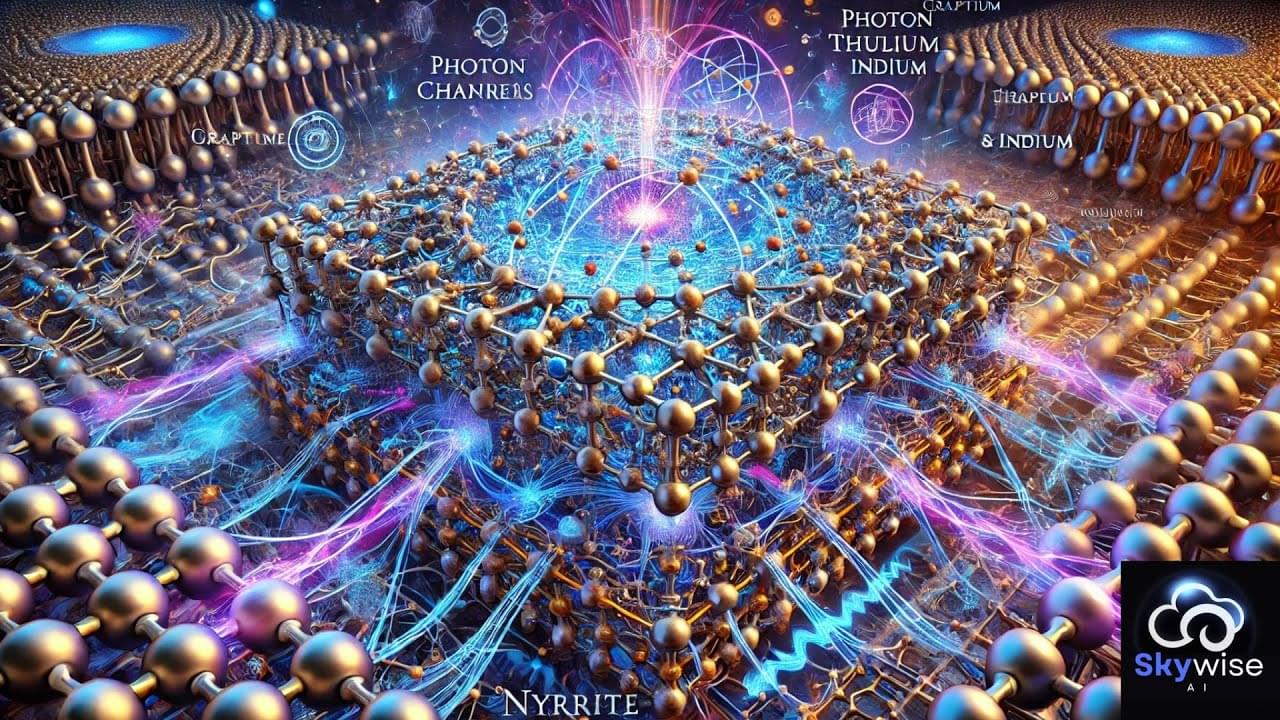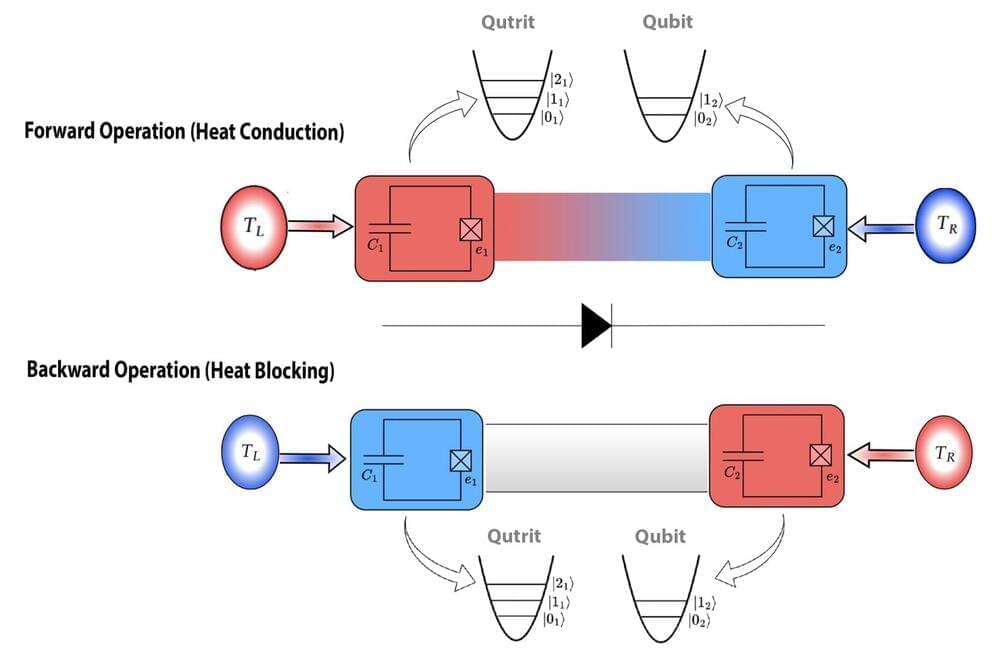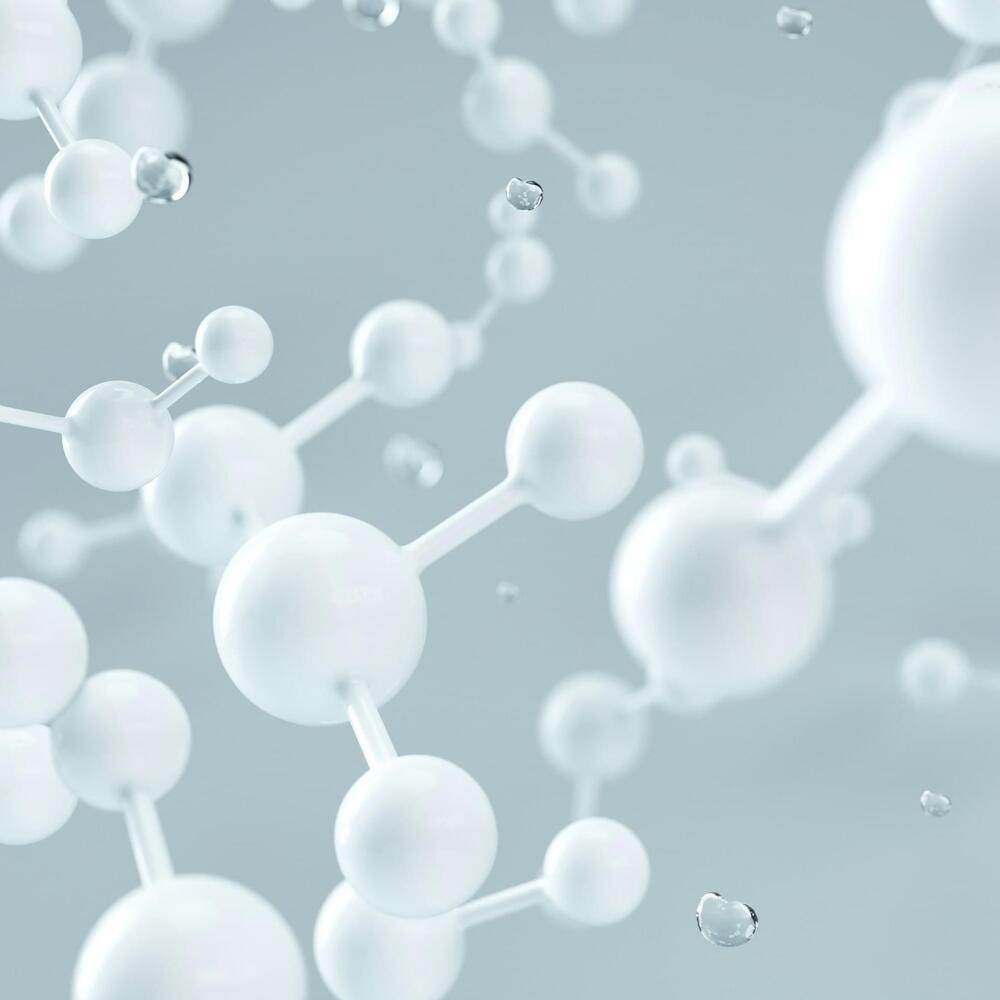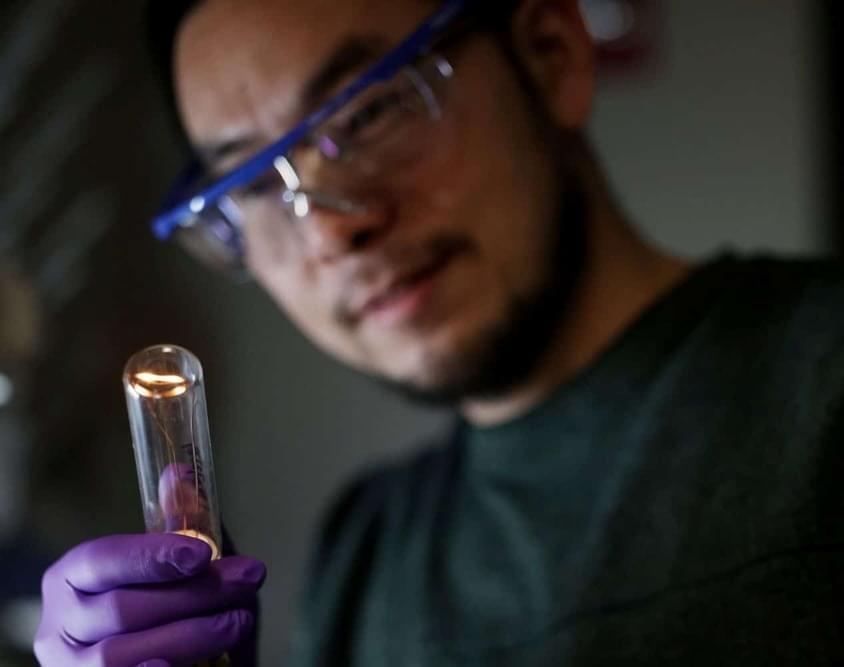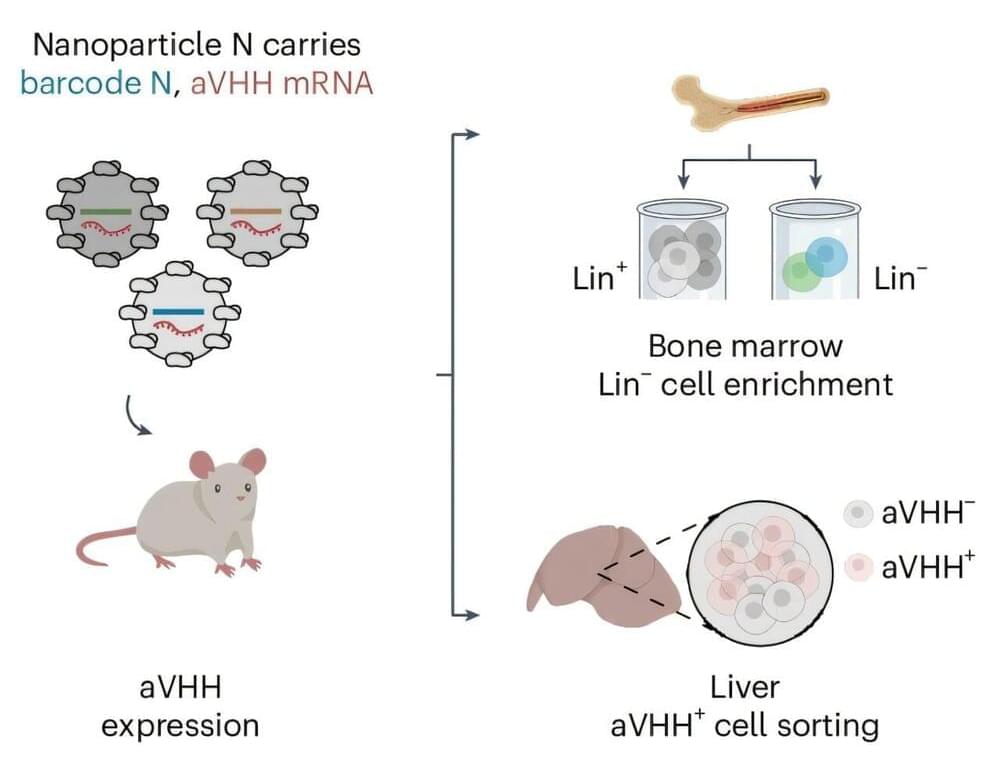Living organisms monitor time—and react to it—in many different ways, from detecting light and sound in microseconds to responding physiologically in pre-programmed ways, via their daily sleep cycle, monthly menstrual cycle, or to changes in the seasons.
Such an ability to react at different timescales is made possible via molecular switches or nanomachines that act or communicate as precise molecular timers, programmed to turn on and off in response to the environment and time.
Now, scientists at Université de Montréal have successfully recreated and validated two distinct mechanisms that can program both the activation and deactivation rates of nanomachines in living organisms across multiple timescales.


